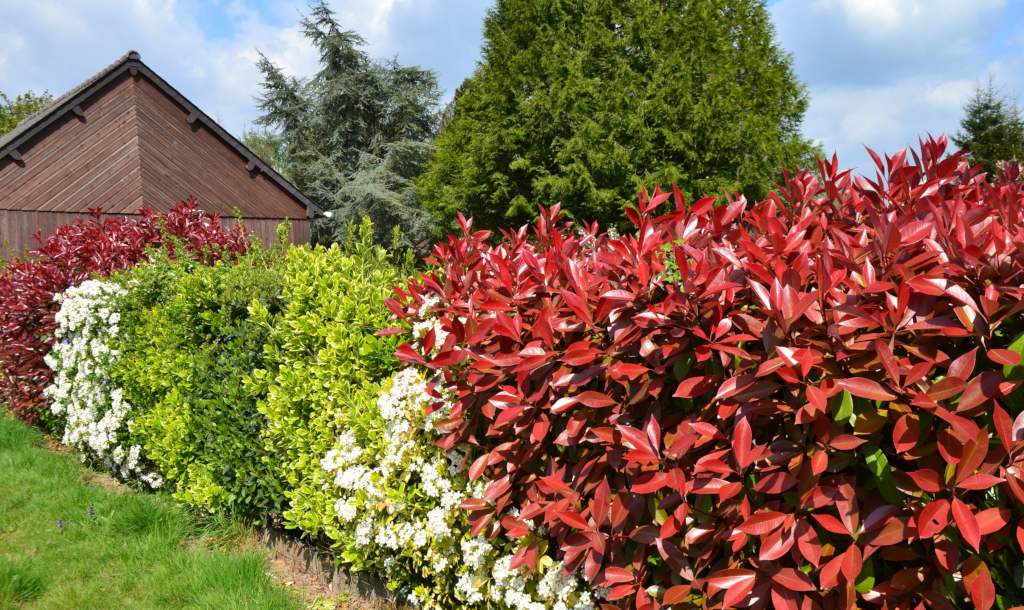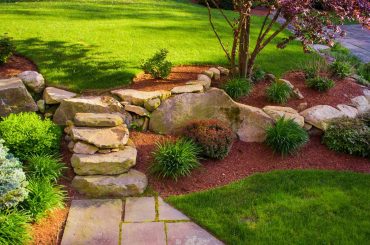Table of Contents
Photinia – there’s hardly a soul that has not heard of or seen this plant, which grows around the year. Despite photinia red robin problems, this plant is heavily loved by gardeners and homeowners because of its versatility and beautiful looks. If you have a Photinia red robin plant at home or plan to plant it, here’s all the essential information you need to know about Photinia red robin problemsand how to take care of it the right way.
Photinia Red Robin- An Overview
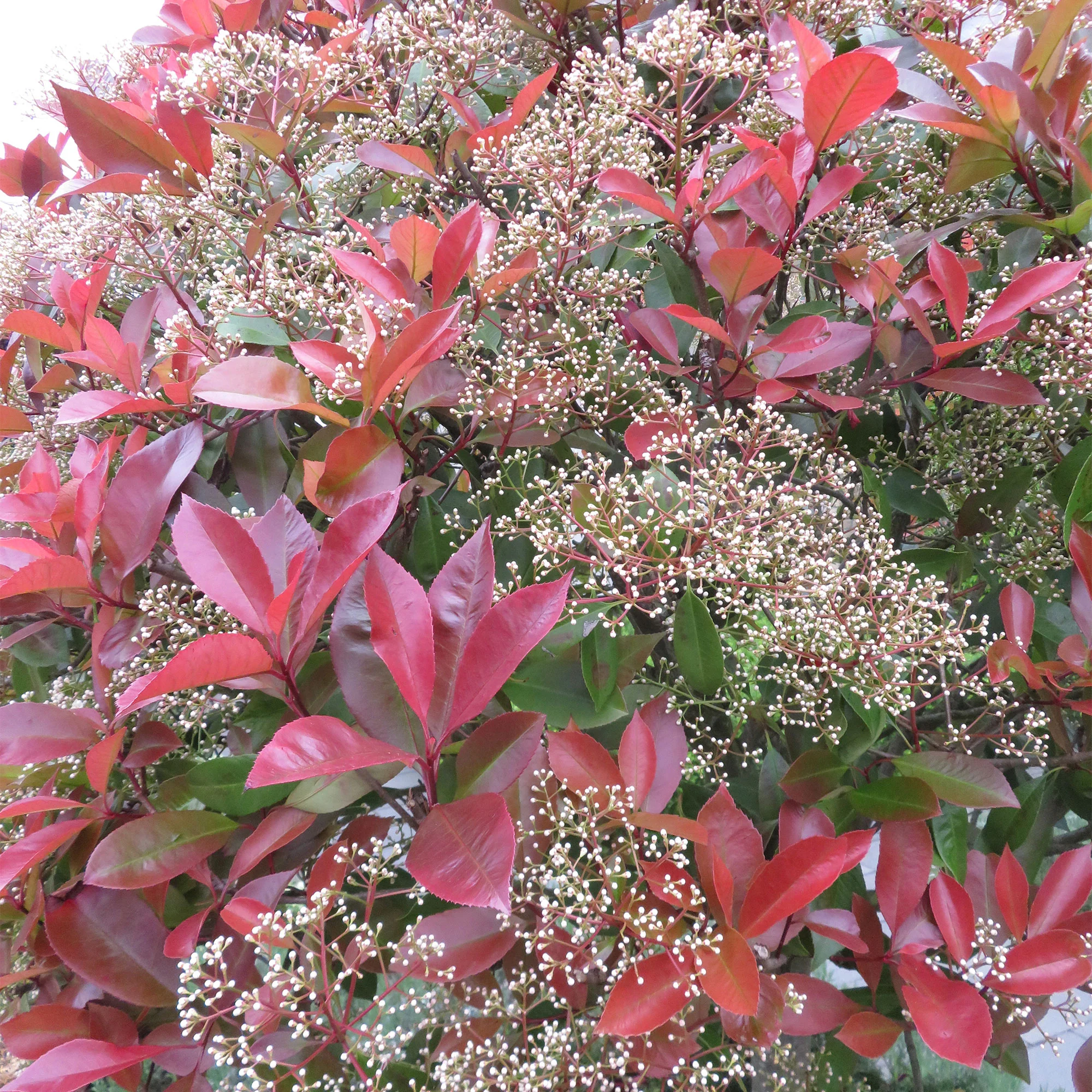
This plant blooms all year round and is fondly known as an evergreen plant. The striking red color and shape of the leaves make it hard to miss and lend a beautiful touch to a garden. The leaves start out bright glossy red but slowly turn dark glossy green on maturity. The plant also blooms with very small white flowers from April to June. Though the number of flowers is not much, it nevertheless adds a touch of contrast to the plant. Thus, you get a lot of variety with this single plant.
Height and Spread of Photinia Red Robin
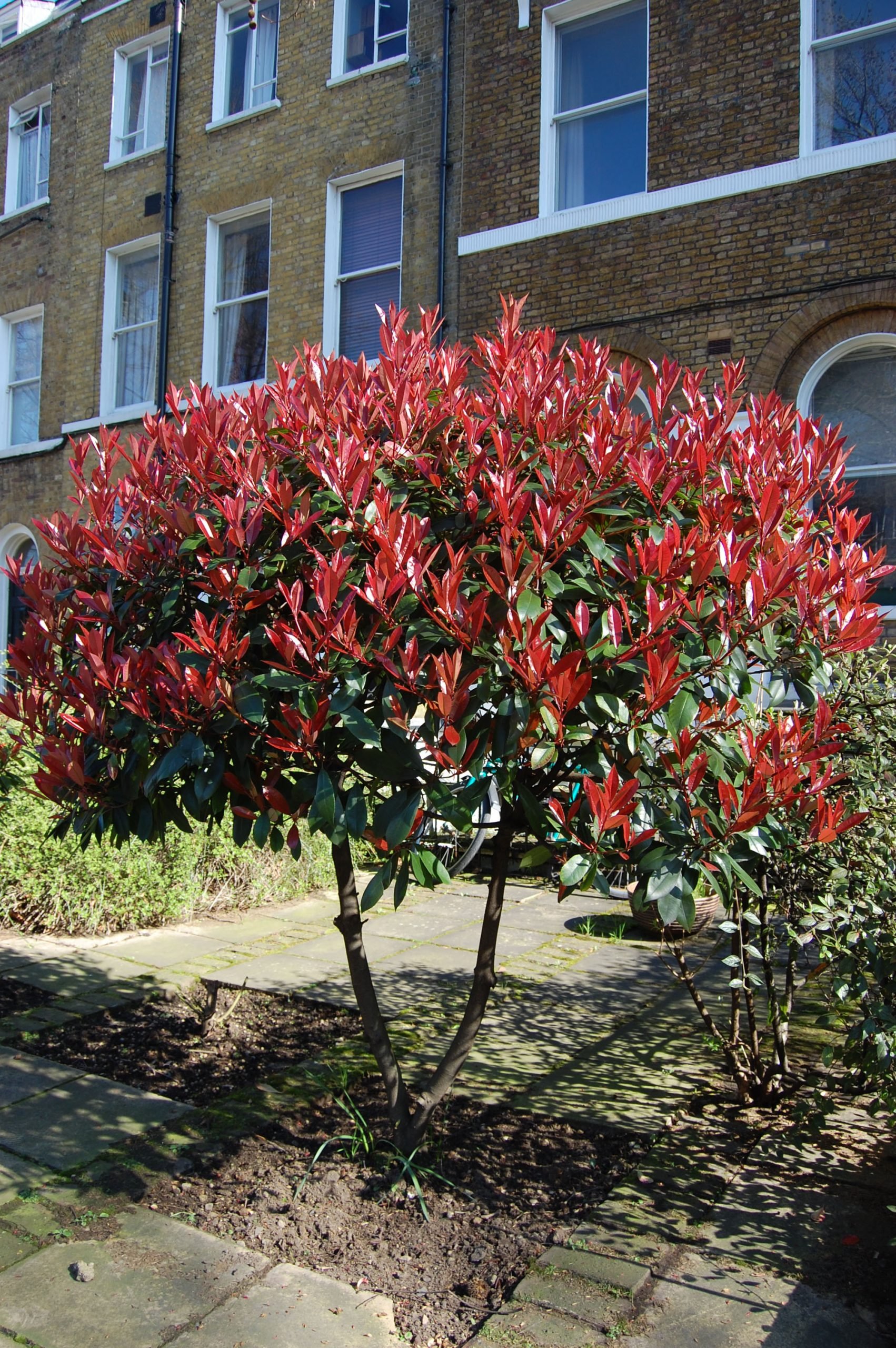
Before planting Photinia Red Robin, you must know the size at which it grows so you can accommodate it in the right place in your garden without disturbing other plants and curbing its own natural growth. This plant has a maximum height of 7 meters and a spread of 3 to 4 meters.
Its growth rate is roughly 30 cm a year, which means it takes around 10 -20 years to grow at its full height. According to this, the plant needs pruning twice a year so that it can maintain its shape without getting out of control.
You can plant the Photinia Red Robin as a tree, as a hedge plant, or as a screen to create privacy for your garden. Photinia Red Robin also works as a decoration for your garden when planted as a small or standard-sized tree. It is perfect for front gardens or gardens with small spaces to create a stunning, colorful touch.
Planting Photinia Red Robin
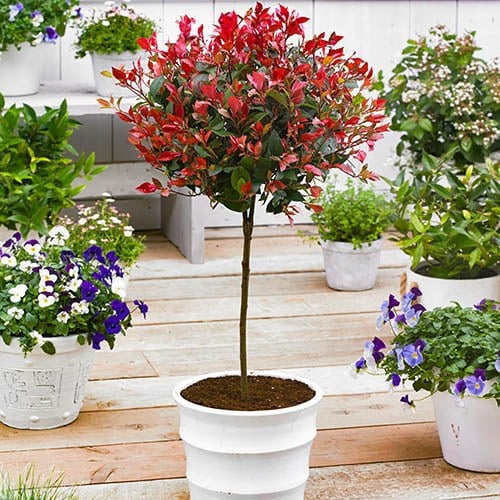
Photinia Red Robin plant is best grown in places that receive full to partial sunlight. They should be grown in moist soil that is well-drained. If the soil is wet, then the plant will not be able to thrive and will get damaged almost immediately after planting. The soil type can be clayey, sandy, or loamy. Whichever type you choose just make sure the soil is humus, meaning it should be created by the decomposition of other plant materials. Also, the pH or the alkalinity and acidity of the soil should be from 1 to 7.
The ideal time for planting Photinia Red Robin is between Autumn and Spring. Have a good irrigation system in place to ensure the plant receives adequate water for growth, which is neither too much nor too little.
Tips for Taking Care of Photinia Red Robin Plant
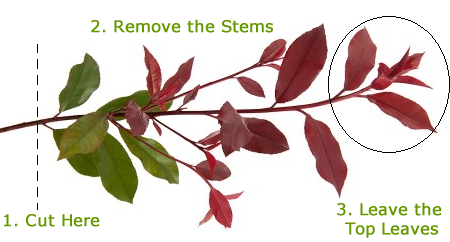
The entire plant should be pruned twice yearly to maintain its size and shape. Trim the shoots from the ends to allow the plant’s red leaves to re-grow. If the plant appears to be dull and drooping, you can try pruning branches at the bottom to improve the circulation of air. This will surely revive the plant and keep it from catching fungal diseases.
It is advisable not to trim the shoots some months before winter as the newly grown leaves will get damaged due to the wintery frost.
Look out for a pest called vine weevil that infests the Photinia Red Robin Plant. Also, make sure your plant doesn’t get infected with fireblight, powdery mildew, or leaf spots to keep it healthy and thriving throughout the year.
Final Word
Photinia Red Robin is a beautiful plant that makes your garden more striking and colorful in appearance. It is easy to grow and requires very little maintenance, making it a number one choice by many homeowners. It’s also great if you like to give privacy to your house or garden. Its bushes create a screening that perfectly guards your house from prying eyes.
Do not forget to comment down below if this article helped you in any way possible!

